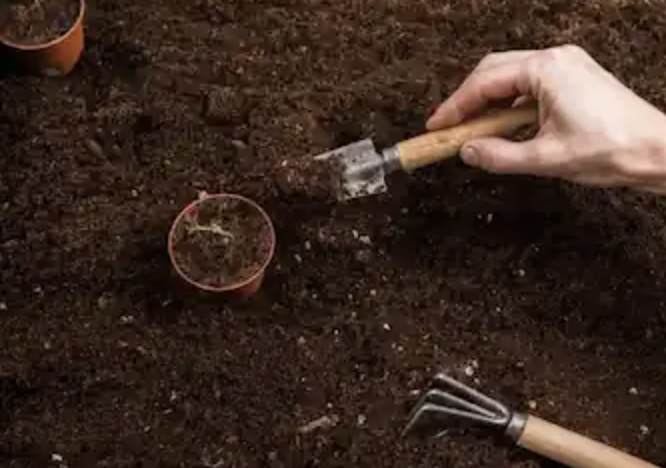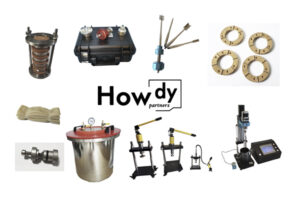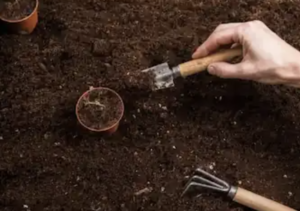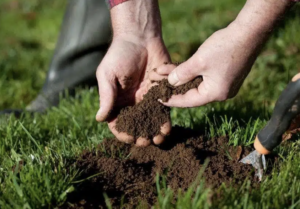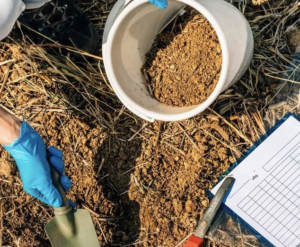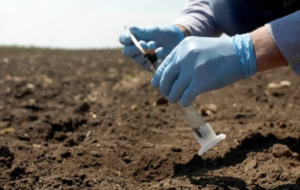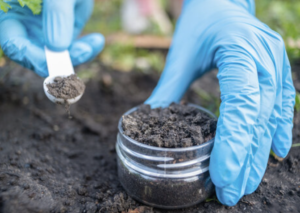Why Different Soil Testing Methods Yield Different Results and What It Means for Farmers
I’ve learned the hard way: two labs can test the same soil and hand you two different numbers—both “right.” The trick isn’t chasing a perfect value. It’s understanding how the number was made and what decision it supports.
Method Matters: Why “Available Nutrients” Are Defined Differently
“Available” is a lab definition, not a universal truth. Different extractants pull different nutrient pools:
- Phosphorus: Bray, Olsen, Mehlich-3 each target P differently based on soil pH1 and carbonate levels. The same soil can read low on one method and medium on another.
- Potassium & bases (Ca, Mg): Ammonium acetate vs Mehlich-3 can read slightly differently, especially in high-CEC clays.
- Micronutrients: DTPA (neutral to alkaline soils) vs other chelating agents produce different “availability” snapshots.
What this means: Don’t compare Bray-P2 from last year to Mehlich-3 P this year and call it a trend. Compare like with like: same method, same depth, same time of year.
Simple rule: the method chooses the number, and you choose the action. Keep the method consistent so your actions stay consistent.
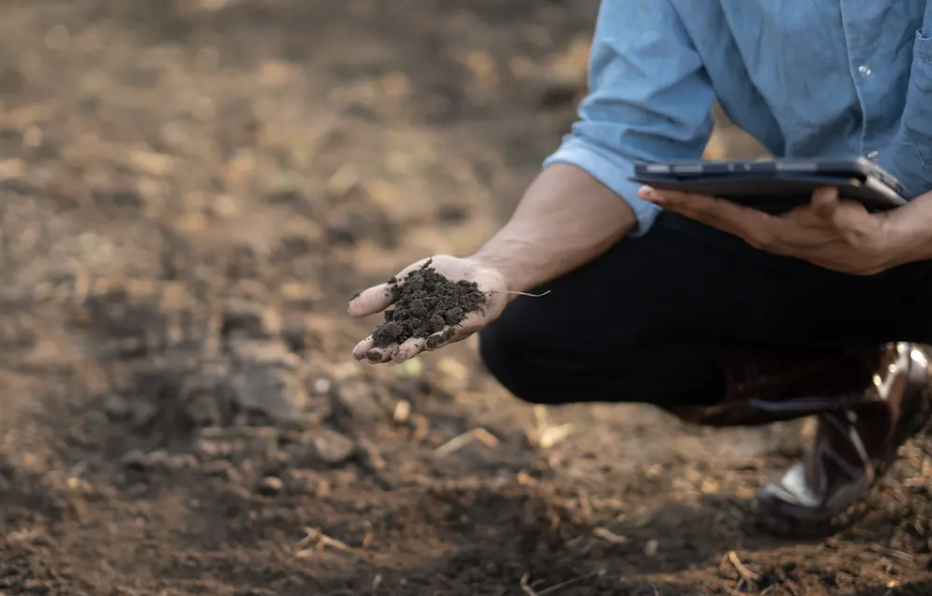
Lab Tests vs. Field Quick Tests: When to Use Which
Both have a place. I use them like a toolbox—precision wrenches for setup, pocket tools for checks.
Use a lab panel when you need:
- Baseline fertility & pH strategy: pH, buffer pH3 (lime rate), EC/salts, CEC, OM, P, K, S, Ca, Mg, and key micros.
- Long-term trends & prescriptions: variable-rate lime/gypsum/P/K planning.
- Traceable decisions: records that defend rates and budgets.
Use quick tests in the field when you need:
- Fast in-season checks: nitrate strips after rain, on-the-spot pH to diagnose chlorosis, EC to check salt issues.
- Troubleshooting hot spots: uneven growth, tip burn, crusting—confirm before changing irrigation or fertigation.
- Operational timing: decide a side-dress window or confirm a band placement worked.
How I pair them: Lab sets the plan; quick tests keep me honest between sampling cycles.

From Numbers to Actions: Work with Thresholds, Not Just Absolute Values
The soil doesn’t care about your exact parts-per-million. Crops respond to ranges4. I translate results into categories and moves:
| Category | What it means | Action this season |
|---|---|---|
| Low | Risk of response is high | Band P near seed; split K on sands; consider starter; address pH first |
| Medium | Sometimes pays, sometimes not | Maintain with crop removal; variable-rate where the map says “low pockets” |
| High | Unlikely to respond | Save money; focus on pH, salts, water, and OM |
| Salinity/Sodicity high | Chemistry & structure limit yield | Drainage + gypsum + leach; reduce salt load in fertilizers |
| pH off-range | Nutrients locked or toxic | Lime (acid) per buffer pH or acidify bands/fertigation (alkaline) |
Why thresholds win: They connect directly to probability of yield response5. Instead of arguing if P is 14 or 18 ppm, I ask: Is this zone in the “responds to P” bucket? Then I act.
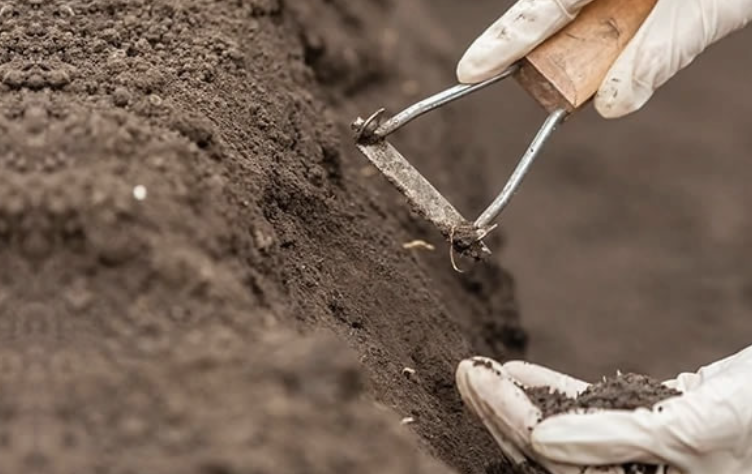
Build Consistency: One Method, One Lab, Clear Sampling SOP
Consistency turns soil tests into a management system6 instead of a stack of PDFs.
My SOP (steal it):
- One lab, one method set. Lock in extractants (e.g., Mehlich-3, DTPA) and stick to them.
- Same timing every cycle. Post-harvest or pre-plant (pick one) on a 2–3 year cadence; annually for sands/high-value crops.
- Depth & cores: 0–6" for gardens/turf; 0–8" (0–20 cm) for row crops; 10–15 cores per zone, composite in a clean bucket.
- Zones, not whole fields. Use yield + elevation + prior maps to draw 3–6 zones you can actually manage differently.
- Label everything. GPS, date, depth, method, weather notes. Your future self will thank you.
- Change control. If you must change labs or methods, run side-by-side split samples for one cycle and create a conversion note for your records.
Quick Decision Workflow (Print This)
- Read pH & salts first. Fix chemistry → lime or acid strategy; gypsum + leach if SAR/EC high.
- Bucket nutrients by threshold. Low / Medium / High per your region’s guides.
- Write two lists: “Fix First” (pH/salts/drainage7) and “Feed Next” (P/K/N/S/micros).
- Map prescriptions by zone. Variable-rate lime/gypsum/P/K8; keep N split & adaptive.
- Verify in season. Use quick tests (nitrate, pH, EC) and tissue tests where they add clarity.
- Close the loop. Overlay yield vs as-applied vs soil after harvest; adjust zones and rates, not just totals.
Bottom Line
Different methods should give different numbers—they’re asking the soil different questions. Your job isn’t to force them to agree; it’s to choose one language, sample it consistently, and translate results into repeatable actions. Do that, and your fertilizer dollars work harder, your pH stays in range, and your yield maps start looking a lot less random.
-
Understanding soil pH is crucial for optimizing nutrient availability and improving crop yields. Explore this link for in-depth insights. ↩
-
Bray-P is a key method for assessing phosphorus availability. Learn more about its significance and application in soil testing. ↩
-
Understanding buffer pH is crucial for effective soil management and fertility strategies, ensuring optimal crop growth. ↩
-
Understanding nutrient ranges can optimize crop yields and improve soil management practices. ↩
-
Exploring this concept can enhance decision-making for better crop management and resource allocation. ↩
-
Understanding a management system in soil testing can enhance your agricultural practices and improve soil health. ↩
-
Understanding how to manage pH and salts is crucial for optimal crop health and yield. Explore this resource for effective strategies. ↩
-
Learn how variable-rate applications can enhance soil health and crop productivity, ensuring efficient nutrient use. ↩

